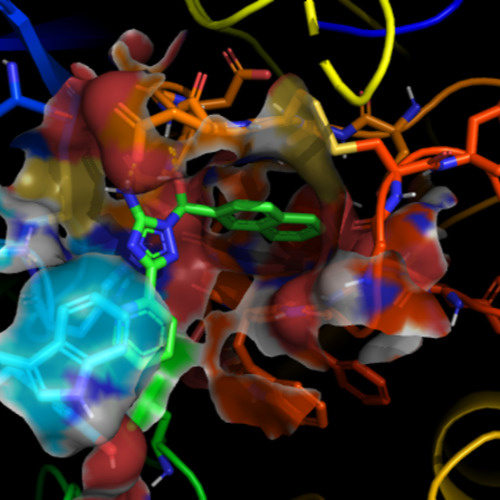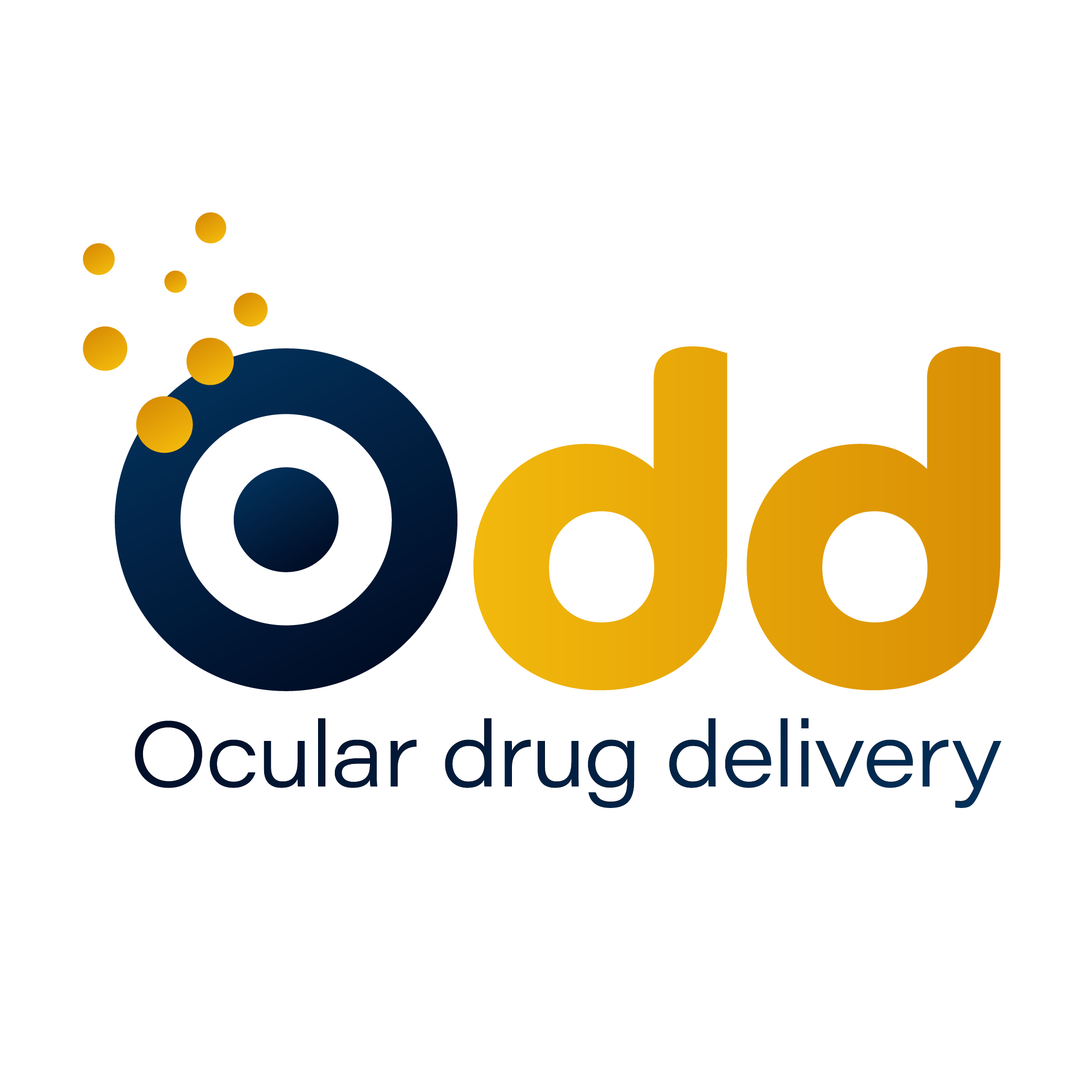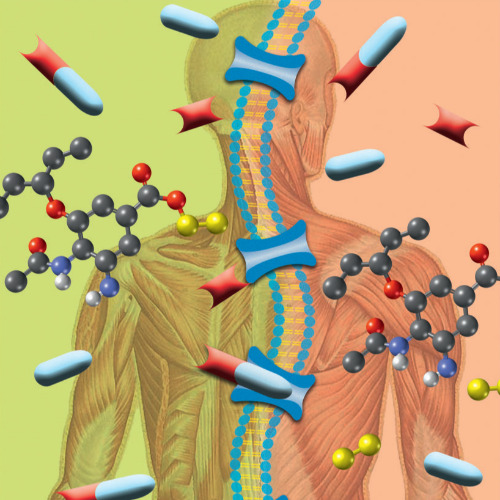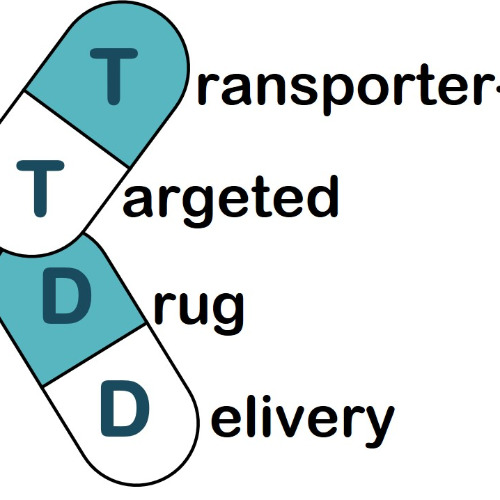
Neuropharmacology and Drug Targets Consortium (NDTC)
Leaders
-

Henri Leinonen
Academy Research FellowSchool of Pharmacy, Faculty of Health Sciences -
Markus Forsberg
DeanFaculty of Health Sciences
The Neuropharmacology and drug targets consortium (NDTC) is based on three PIs expertise and interest in drug target discovery and drug development for psychiatric and neurodegenerative diseases, including retinal degeneration. In its research, the consortium utilizes basic molecular biology and pharmacology tools, behavioral assays, electrophysiology and omics analyses such as proteomics and transcriptomics. The consortium collaborates closely with e.g. drug design, medicinal chemistry and pharmaceutical analytics teams.
The consortium currently focuses on four paradigms:
- Novel therapies targeting on common mechanisms in neurodegenerative and retinal degenerative diseases
- The eye as a window to the CNS
- Novel models and treatment concepts for neuropsychiatric disorders
- Multimodal CNS pharmacology – better understanding of drug effects on brain functions
Cooperation
-
 Pharmaceutical technology 01.11.2022 -
Pharmaceutical technology 01.11.2022 - -
 Molecular Modeling and Drug Design Research Group 01.01.2010 -
Molecular Modeling and Drug Design Research Group 01.01.2010 - -
 Ocular Drug Delivery group (ODD) 01.01.2010 -
Ocular Drug Delivery group (ODD) 01.01.2010 - -
 Kaarniranta AMD Lab 01.01.2004 -
Kaarniranta AMD Lab 01.01.2004 - -
 Prodrugs and Drug Delivery 01.01.2017 -
Prodrugs and Drug Delivery 01.01.2017 - -
 Transporter-Targeted Drug Delivery 01.09.2012 -
Transporter-Targeted Drug Delivery 01.09.2012 -
Novel therapies targeting on common mechanisms in neurodegenerative and retinal degenerative diseases
Neurodegenerative and retinal degenerative diseases still lack the disease-modifying treatments, and our research focuses to multitarget various toxic mechanisms that are common among these diseases.
Neurodegenerative diseases, Alzheimer’s and Parkinson’s diseases as the most common ones, are devastating diseases for the patients since the neuronal degeneration progresses causing more severe symptoms. Retinal degenerative diseases are blinding eye diseases that share many pathological characteristics with the brain diseases. Current drug therapies cannot delay the progression of degeneration, and therefore there is a huge need for novel therapies that could modify the disease progression. Interestingly, several neuro and retinal degenerative disease share similar toxic mechanisms, such as protein aggregation, cellular stress etc. (see figure).
Our aims in this branch of research are:
1)To identify drug targets that can be used to multitarget on the common toxic at the time.
2)Work in collaboration with modelling team and medicinal chemists to develop novel compounds.
3)Test the compounds comprehensively in cellular and animal disease models.
4)Characterize the target in disease models and in patient samples.
We have a long history with the prolyl oligopeptidase (PREP) and PREP ligand development, and have shown that PREP ligands have multitargeting effect on toxic protein aggregation, degradation of protein aggregates and cellular stress. PREP ligands have shown disease-modifying effect in Parkinson’s disease models, and aim to continue to test them further in other models of neurodegenerative diseases. However, novel targets and disease paradigms are under investigation as well.
The eye as a window to the CNS
The retina, a sensory tissue with brain-like characteristics, is the best-characterized neuronal system in the body.
In the fetal development, the eyes develop from diencephalon and can be thus considered as a part of central nervous system (CNS). This leads the retina of the eye and the brain to share similar cell types and neurotransmitter system. Like the cerebral and cerebellar cortices, the retina develops into a layered array of different neuronal types. Retinal ganglion cells (RGCs) are neuronal cells that are the output station of the retina. They form the optic nerve which directly contacts the eye to the midbrain. Canonical lesson from textbooks is that there are two important information flows within the retina: 1. a vertically oriented photoreceptoràbipolar cellàRGC pathway where visual signals are hierarchically relayed inwards to the retina, and 2. a horizontally oriented pathway where horizontal cells and RGCs interplay to form visual contours.
We use the retina as a model tissue for pharmacology and drug target discovery research for several reasons:
- Precisely layered structure
- Hierarchical function and ease to precisely detect function by electroretinography (ERG) – Minimally invasive and same method in animals and humans (which is fast!)
- Transparency of the eye enables noninvasive anatomical imaging (structural images within minutes)
- Ease to dissect out without contamination quickly in disease models (~ 1 min)
- Direct connection to the mid-brain via ganglion cell axons
- Highly amenable tissue for local therapies, as exemplified by clinical anti-VEGF treatments
- Success of preclinical gene therapy easy and quick to image
Notably, the first ever clinically approved gene therapy is for the treatment of a retinal degenerative disease.
Novel models and treatment concepts for neuropsychiatric disorders
- Available treatments of neuropsychiatric disorders such as Parkinson’s disease and schizophrenia, have only limited symptomatic efficacy. Novel treatments are needed to improve patient’s activities of daily living and quality of life. In addition, disease-modifying treatments are urgently needed to decrease disease burden.
- Limited understanding of the mechanisms of these disorders is a major challenge in early drug development. In addition, difficulty to model these disorders, both at pathological and symptomatic level, significantly hinder the development of novel treatments.
- We aim to set up and validate novel models for neuropsychiatric disorders to facilitate assessment of potential treatments. We develop novel treatment concepts, such as disease-modifying treatments for neurodegeneration and treatments for cognitive deficits in schizophrenia.
- Models
- Parkinson’s disease – partial striatal 6-OHDA, COMT-KO
- Schizophrenia – NMDA antagonist models, COMT-KO
- JNCL, common pathways of neurodegeneration – CLN3, 6-OHDA
- Brain PK/PD – drug access into the brain
Multimodal CNS pharmacology
- Understanding of drug effects on complex CNS functions in health and disease is limited. In target validation and drug discovery as well as in early drug development, more comprehensive approach is needed to speed up the process and decrease the risk of incorrect go/no-go decisions
- Recent developments in biomarkers and data analytics enable building more comprenensive and time-dependent picture of neural system´s effects
- Microdialysis – sampling for measurement of extracellular biomarkers
- Tissue biomarkers
- Functional tests – fMRI, functional connectivity, electrophysiology
- Eye imaging including optical coherence tomography (OCT) and fundoscopy
- Behavioral measures
- Brain PK/PD – pharmacologically active drug levels in the brain
- Omics – bulk and single-cell RNA sequencing, proteomics, global and targeted metabolomics
- Other analytics – neurotransmitter analytics, LC-MS, immunohistochemistry, Western blotting
Keywords
Leaders
-

Henri Leinonen
Academy Research FellowSchool of Pharmacy, Faculty of Health Sciences -
Markus Forsberg
DeanFaculty of Health Sciences
Professors
Senior Researchers
Post-doctoral Researchers
-
Katja Savolainen
University LecturerSchool of Pharmacy, Faculty of Health Sciences -
Ali Mohammed
Visiting ResearcherSchool of Pharmacy, Faculty of Health Sciences
Doctoral Researchers
-
Tommi Torsti
Doctoral ResearcherSchool of Pharmacy, Faculty of Health Sciences -

Umair Seemab
Grant-funded ResearcherSchool of Pharmacy, Faculty of Health Sciences -

Katri Vainionpää
Doctoral ResearcherSchool of Pharmacy, Faculty of Health Sciences
Technicians
Senior Lecturer
Other group members
-
M.Sc. Students: Konsta Rintala, Niklas Kämppi
